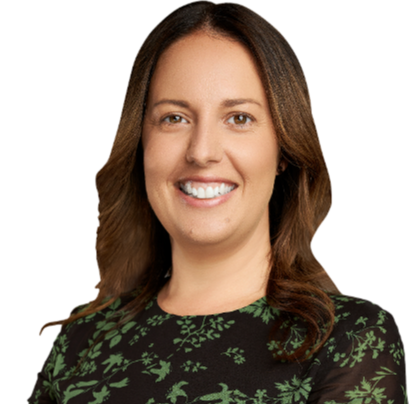As the year winds down and the focus shifts to holidays and family time, it’s tempting to leave financial planning until the new year. But if there’s one resolution worth making before 2026 begins, it’s to plan ahead, not wait for the End of Financial Year.
Taking time now to understand your cashflow, map out upcoming tax obligations, and prepare for major decisions can save you stress (and potentially thousands of dollars) down the track.
Get ahead of the EOFY rush
Many practices and medical/dental professionals find themselves scrambling in June trying to pull together receipts, make deductible purchases, or reduce tax liabilities at the last minute. The result? Decisions are made under pressure, without a full picture of cashflow or long-term impact.
By planning early in the new year, you give yourself time to think strategically, whether that means maximising superannuation, timing asset sales or purchases, or exploring investment opportunities. A planned approach makes for clearer decisions and better results.
Understand your ‘tax holiday’ if you’ve just moved into private practice
For medical and dental professionals starting to earn income under an ABN; the first year should feel like a ‘tax holiday’. Because you won’t usually pay tax until your first return is lodged, it’s easy to overlook what’s coming.
Setting aside funds will prevent a nasty surprise when your tax return is lodged. Understand how much you need to ‘save’ and surplus funds accumulating that can be put towards accumulating additional wealth sooner.
Sold an investment? Plan your capital gains strategy early
If you’ve sold an investment property, shares, or business asset during the year, don’t wait until June to think about capital gains tax. Planning now means you still have time to reduce your liability. For example, offset gains with losses, make additional deductible superannuation contributions, or prepay eligible expenses.
Maximise your salary packaging benefits
If you’re working in the public hospital system, salary packaging can be one of the simplest and most effective tax-saving tools available. Make sure you’re maximising your tax-free threshold effectively before the year ends 31 March. A review in January gives you plenty of time to make adjustments before year end and into the next year from 1 April.
Supercharge your super contributions
Superannuation remains a powerful way to reduce taxable income and build long-term wealth. You can claim a tax deduction for personal contributions up to $30,000 or even more by using the five-year carry-forward rule if you haven’t used your previous caps. Starting early in 2026 gives you the flexibility to time your contributions strategically throughout the year and ensure you understand your cashflow.
Property, growth, and gearing opportunities
Australia's property market continues to show strong momentum heading into 2026. For investors, negative gearing remains a viable strategy to reduce taxable income while growing long-term wealth.
The bottom line
The best time to plan for 30 June is well before it arrives. By starting early in the new year, you can make confident, well-informed financial decisions, not rushed ones.
At Cutcher & Neale, we help clients take a proactive approach that delivers comfort and clarity all year round, so when tax time comes, you’re already one step ahead. Contact us today by calling 1800 988 522 or going to www.cutcher.com.au/contact
Nicole Brown has more than 23 years of experience in accounting and financial services, specialising in medical professionals and niche industries. Personalised, client-focused, and trusted, she builds strong client relationships, offers clear guidance, and ensures strategies align with long-term financial objectives.
AI Explainer: Who’s Behind the Tools You Keep Hearing About?
Ready for Next-Level Automation? See What’s New in Ostendo 243
Thinking ahead, acting today: Must-know succession strategies for practice owners
From locum shifts to running your own practice: When your cover needs an upgrade
The million-dollar question: How much super do doctors really need to retire comfortably?




